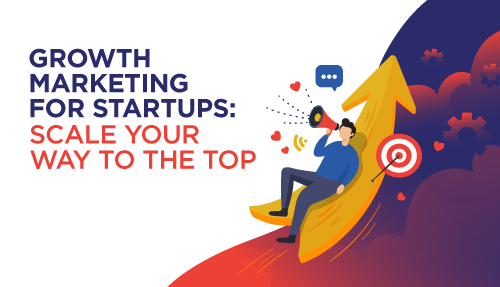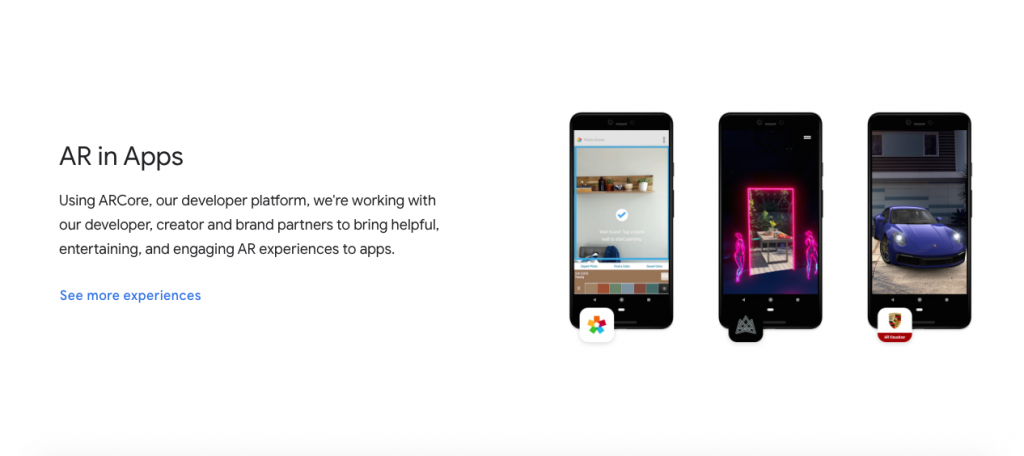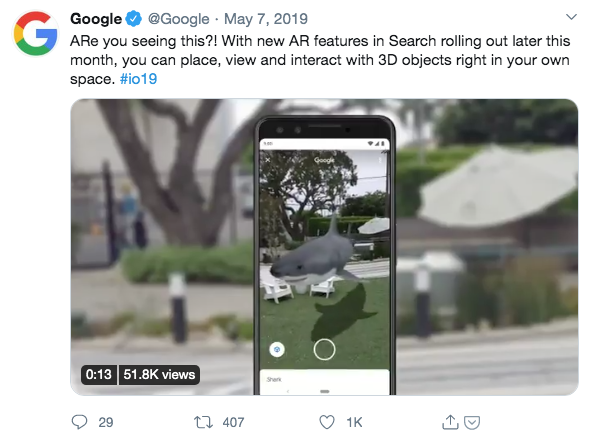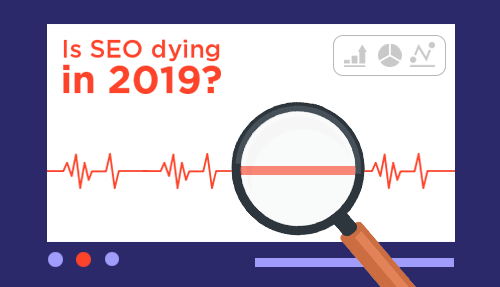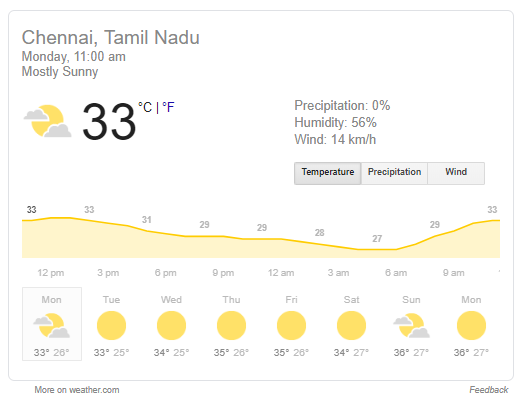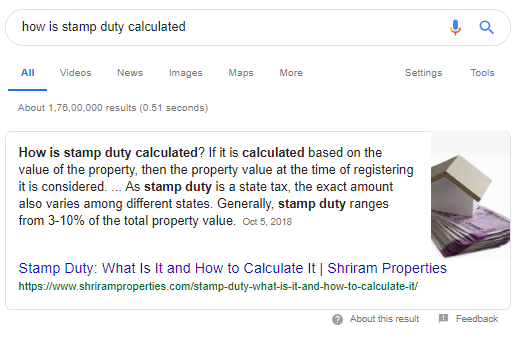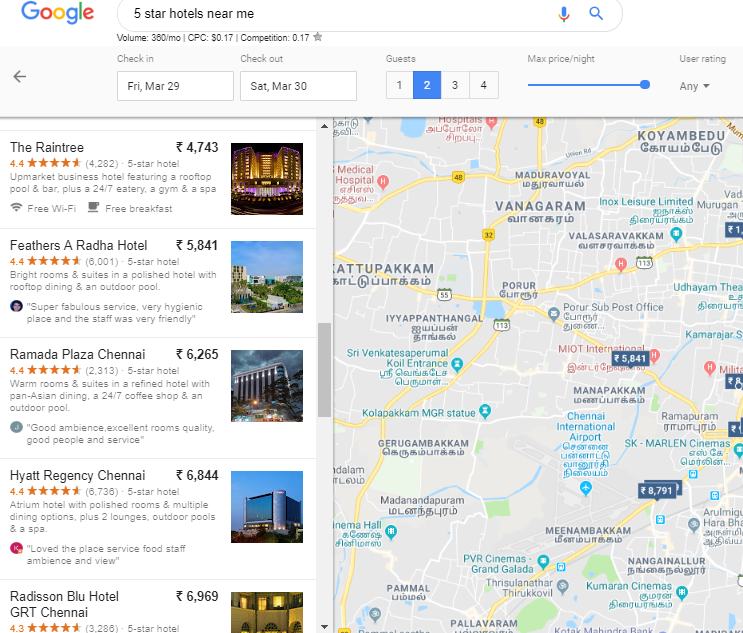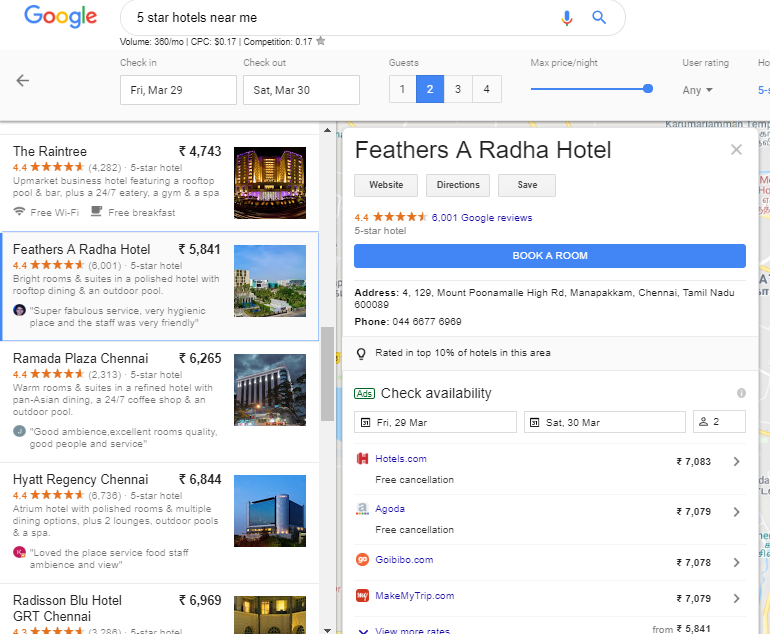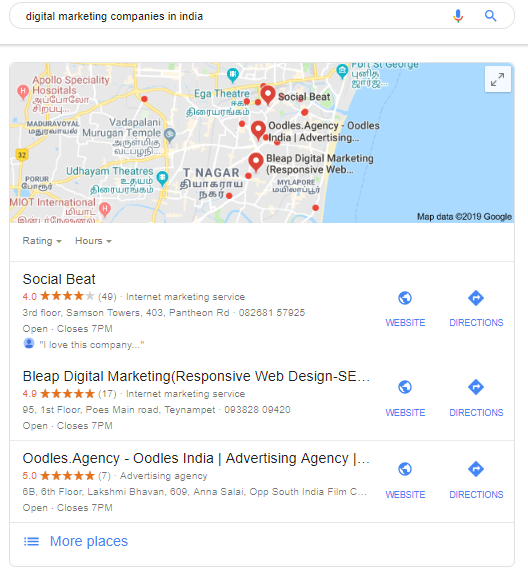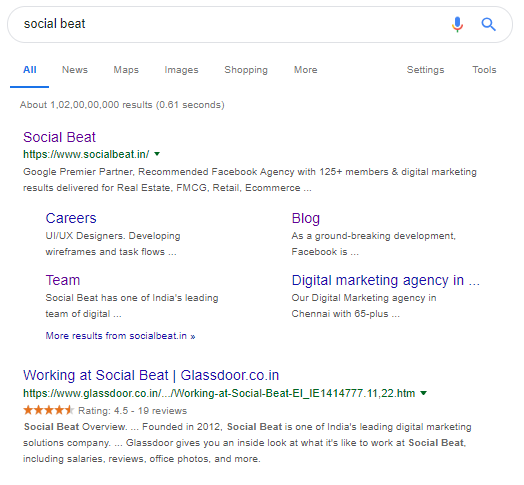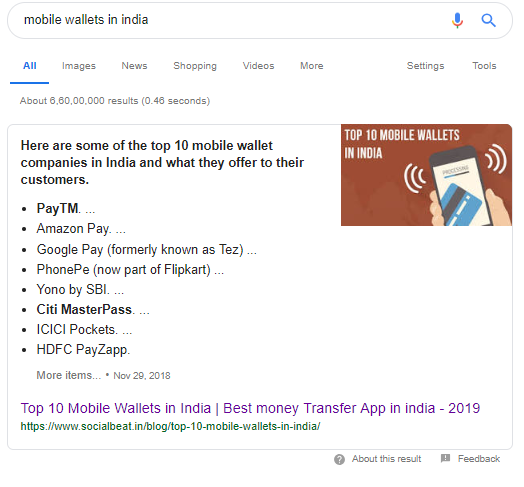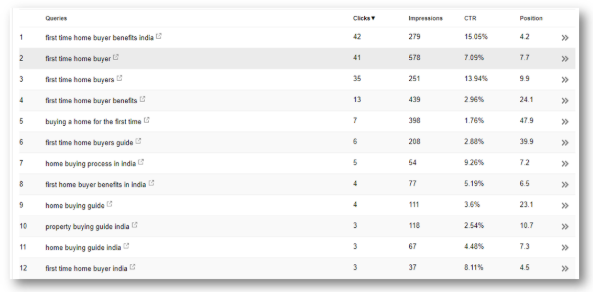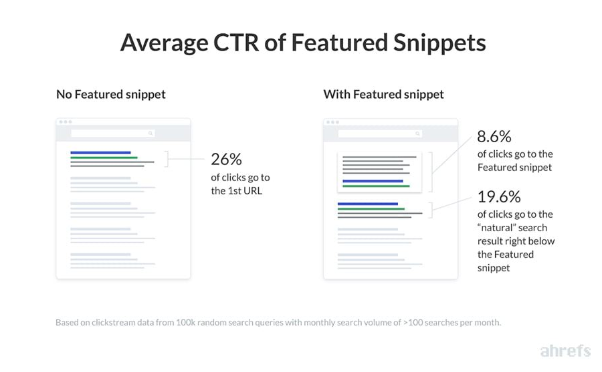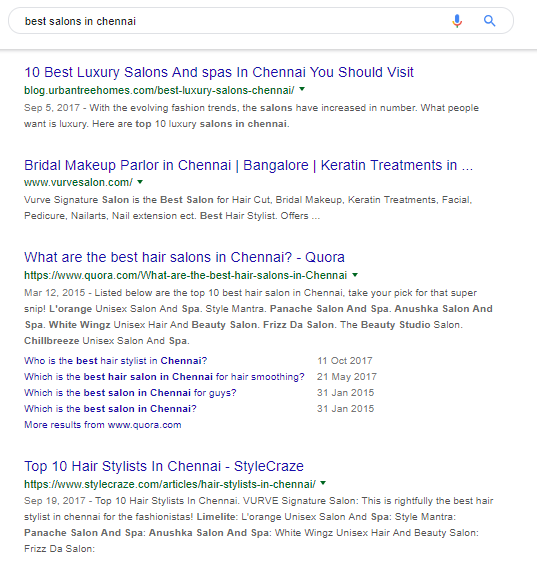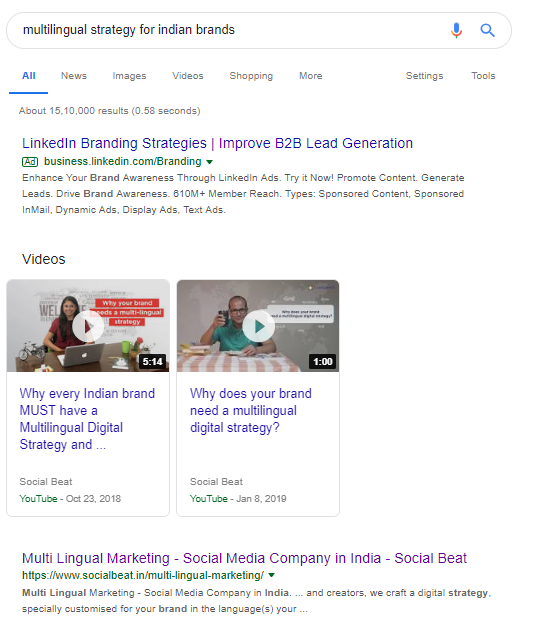A product may be extraordinary, but only a stellar marketing approach will help give it the boost it requires to get the conversation going and keep it that way. In a digital age, leveraging growth marketing to lift your startup off the ground is a powerful way to grow your user base quickly, and growth hacking can be shaped to work with almost any marketing requirement.
But to begin with, what is growth marketing? And how is it different from traditional marketing?
Growth Marketing versus Traditional Marketing
Growth marketing
Since your target audience isn’t aware of what you’re offering, your approach to marketing needs to be strategic. Simply put, growth marketing is a process of selecting and implementing scalable tactics used to swiftly drive a large reach on a budget. Experiential marketing allows you to test the waters, analyse trends and optimize marketing campaigns for optimal results. This helps increase acquisition, retention, recall, engagement, and a positive brand image, regardless of whether your company has a webpage, an app, or both. Growth marketing strategies will work for the common and unique components of both.
Traditional marketing
Traditional marketing focuses on the top of the funnel and follows the same principles in helping your brand build its market presence, but it does not implement optimized results the way growth marketing does. The latter nurtures the relationship with the audience, acting on the feedback of consumers, enabling growth in customer relationships, and thus, steady growth in the brand’s visibility.
With limited time, money, and manpower in the initial phases, it is unlikely that traditional marketing will be the right fit for bootstrapped startups that need to scale up quickly.
What are the elements of growth marketing?
Growth marketing for startups uses a combination of tools to drive growth and traffic, which can ultimately culminate as a marketing mix model strategy. With a 360-degree approach, growth marketing also doubles as full-funnel marketing, with brand-building aspects like search engine optimisation, performance marketing, and social media marketing.
Here’s a look at how each element can work wonders for a brand.
Performance marketing
Assuming a startup has reached its market, the next step is to run ads online and track and analyse the data generated from various sources. Continually tracking and optimising campaigns will always be impactful since insights help pave a tailored path to achieve the desired results.
Using programmatic and analytical solutions
Media buying through programmatic solutions automates the process and enables the analysis and optimisation of campaigns with machine learning and AI. Using automated dashboards for analytical reporting allows you to consolidate campaign insights from various platforms to make swifter business decisions with a data-informed approach. There are also tools that help calculate the effectiveness of a brand’s campaigns in comparison to its competitors’.
Leveraging and analysing first-party data
Use Google Analytics and other tools to analyse which pages are witnessing better traffic and lesser traffic, and optimise both. Information like location, gender, age, clicks, session durations, ad engagement, and more, can all inform you on audience interests, helping you to build an insightful audience profile.
Case study
For our strategy for KhataBook, we leveraged TikTok, Facebook and Google to increase app installs, customer events, and acquisition, with different campaigns and creative resources. Alongside this, by using features such as ad scheduling and retargeting, we were able to achieve 1 million downloads on the Play Store. This goes to show that playing with different strategies will help you reach your goals eventually, but a lot faster.
Social media marketing
Social media combines content and performance marketing to offer a one-stop-shop for guaranteed engagement. With so many different platforms for different kinds of enterprises, a startup only has to pick and choose which to use – from the most essential ones, like Instagram and Facebook, to niche ones, like LinkedIn and TikTok.
Leveraging the essential platforms
Your growth marketing strategy must include the Facebook family of apps, which includes Instagram, Twitter and even WhatsApp. With target audience segments and tools to run optimised ads, social media also enables measured results and insights. Apart from this, social media platforms offer readily available insights and data for the audience base you want to tap into. With hashtags volumes, follower counts, engagement through likes and views, and even digital marketplaces, your brand can drive ROI swiftly.
Extending your online presence
New platforms like TikTok are growing at breakneck speed and should be leveraged to increase your brand presence. By tracking the performance of your posts on a variety of platforms, you’ll be able to discern which platforms work best in terms of lead generation, audience engagement, and data collection.
These platforms allow you to use multiple combinations of ad formats, such as video ads, HTML creatives, GIFs, and more. This is a great way to hack your content and see which creative resources are working best.
Incentivize content
As discussed earlier, you can increase acquisitions by running referral campaigns. Audiences are always looking out for coupons, freebies, and bargains. Doing so will generate a buzz online around your brand, and will help to drive growth. While you should have these on your app or website, promoting these on your social media handles will give the campaign the boost it needs to generate and garner attention.
Engage with audiences
Social media is obviously the best way to engage with audiences far and wide, and it’s up to you to expand your strategy beyond likes and comments on posts. Explore the ‘stories’ features that several of them offer, and come up with ways to be creative there. Data shows that over 400 million people engage with Instagram’s ‘stories’ feature daily. With both video and post formats available, adding elements like polls, countdowns, quizzes, filters, and stickers can increase your engagement rates exponentially. You can also ask customers to mention and tag you so that you can feature user-generated content as testimonials to your brand offering.
Influencer marketing
Social media is also great to connect with influencers and known personalities that can benefit your brand image. Seeking out conversations, tie-ups, and influencer posts work to create word-of-mouth marketing, amassing relevant audiences that are more likely to have a higher life-time value. Apart from the usual featured posts, other ideas include live streams on Instagram, re-tweeting posts, and following content based on viral social trends.
Content and SEO marketing
Content can be considered the driving force behind your organic marketing strategy. Continued and sustained audience engagement through authentic and valuable content will keep traffic incoming and ongoing, and your content will rank higher on search engines. It’s also more likely that these audiences will turn to you for trusted information over and over again, building customer loyalty.
The following growth marketing strategies are critical for increasing organic traffic and conversion rates.
Blogs
Creating a blog is an essential hack to drive visibility and website traffic. Not only does it acquaint audiences with a startup’s product, but it also creates an opportunity to grow leads by offering relevant content in exchange for the visitor’s email.
Other methods of creating content
Using out-of-the-box content marketing ideas will help your startup stand out from the competition. Based on the kind of product or service being offered, startups can choose to put out content through influencer marketing, customer testimonials, social media, by leveraging Quora and by creating multilingual content.
Hacking your content
For startups, growth marketing with content also means efficiently using time and resources. Creating new content is essential, but it can also become time-consuming. In this case, repurposing existing content can help speed things up. For example, turn blogs into videos, ebooks, Instagram posts and more. This strategy builds your content base and simultaneously increases opportunities for shareability with your target audiences. It also offers variety to target different audience interests – someone who isn’t big on reading may be more open to watching a video on the same content.
Encourage user-generated content
Ask customers to leave reviews whichever way they can, whether it’s through feedback forms, emails, or social media messages. A lot of brands that are just starting out also request their first batches of customers to send in their thoughts about the product through a note included with the packaging. This personal touch to the product compels them to comply, and you can then feature these across your online handles. This will build an element of trust for future customers and users.
Case study
To understand the facets of content, we can turn to our strategy for our client mfine, a cloud-based app where users can book instant consultations. They wanted to build a strong content strategy for overall organic growth. Since they are a newage startup, we analysed what would help them grow exponentially, and suggested running aggressive SEO strategies. This included building high-quality external backlinks, optimising existing pages with highly competitive keywords, building long-form content, and interlinking blogs and relevant pages.
This resulted in organic and increased visibility of their medical speciality pages, with an increase of 3,00,000 sessions in the span of 4 months. Traffic also increased steadily month by month, and 1000 of the keywords ranked on the first page of search results. The interlinks also helped decrease bounce rates and increased the amount of time spent on pages. All this goes to show that building on an organic strategy guarantees astounding results.
Video marketing
Video marketing is a crucial part of content marketing as well but can be considered as a separate strategy owing to the number of ways you can go about it. Video content is one trend of the last decade that has taken off with virality, conveying dense amounts of information in a concise manner. To put things in perspective, 65% of viewers watch over 3/4th of a video, and 92% of viewers on mobile devices share videos with their circles.
Types of video ads
By using a wide range of video ad formats across platforms, not only will you increase audience engagement, but you’ll also be able to track different parameters of data. From thumb stoppers, bumper and discovery ads to skippable and non-skippable ads, there’s a plethora of formats to play with.
The kind of content you create with your videos also matters, since these will increase engagement, traffic, session duration, and customer loyalty in the long run. Your videos may fall into three broad categories, namely awareness, educational, and entertainment. Examples of these include:
- Explainer videos, walk-throughs
- Product tutorials, reviews, and reveals
- Round-ups
- PSAs
- Case studies
- Theatrical or humorous cuts/skits
- Behind the scenes
- Vlogs
- Q&A, interviews
- Announcements, live sessions
- Influencer tie-ups
Vernacular content
Implementing strategies in regional languages is, once again, another tangent of content marketing. With higher Internet connectivity in today’s day and age, new data users are increasing, and in India, it is estimated that there will be an unprecedented billion users that will make the move online. With this new wave of users, a new challenge is posed – ensuring that your content is in a language they can read and speak.
Since over half of these audience segments come from Tier II and Tier III cities, having a multilingual marketing strategy can bring your brand to the forefront in a line of competitors. Moreover, it will not be enough to implement this on your webpage, but with your app, videos, creatives, ads, and all other content as well.
Case study
For KhataBook, we leveraged the growth of regional content online and created close to 200-300 videos in regional languages across platforms. On TikTok, we partnered with influencers who created these videos for us, and their relatable content in different vernaculars, with a large focus on the top South Indian languages, helped us garner 1 million app downloads, making the campaign a huge success.
Online and offline integration
While traditional marketing shouldn’t be your sole approach to hacking your startup’s growth, it is not entirely redundant to your strategy. By using the strategy of online to offline attribution, a company can work to uniquely build a strong brand presence.
Conclusion
Combining all these strategies and tools might seem daunting at first, but they’re a lot easier to implement, and don’t take as much time to get started with either. Seeing results will take a few months, but with steady optimisation and performance tracking, you’ll be knocking your goals out of the park in no time. All it takes is an analytical approach to see what works and what doesn’t, and then tweaking it over and over again as you watch the numbers rise.

